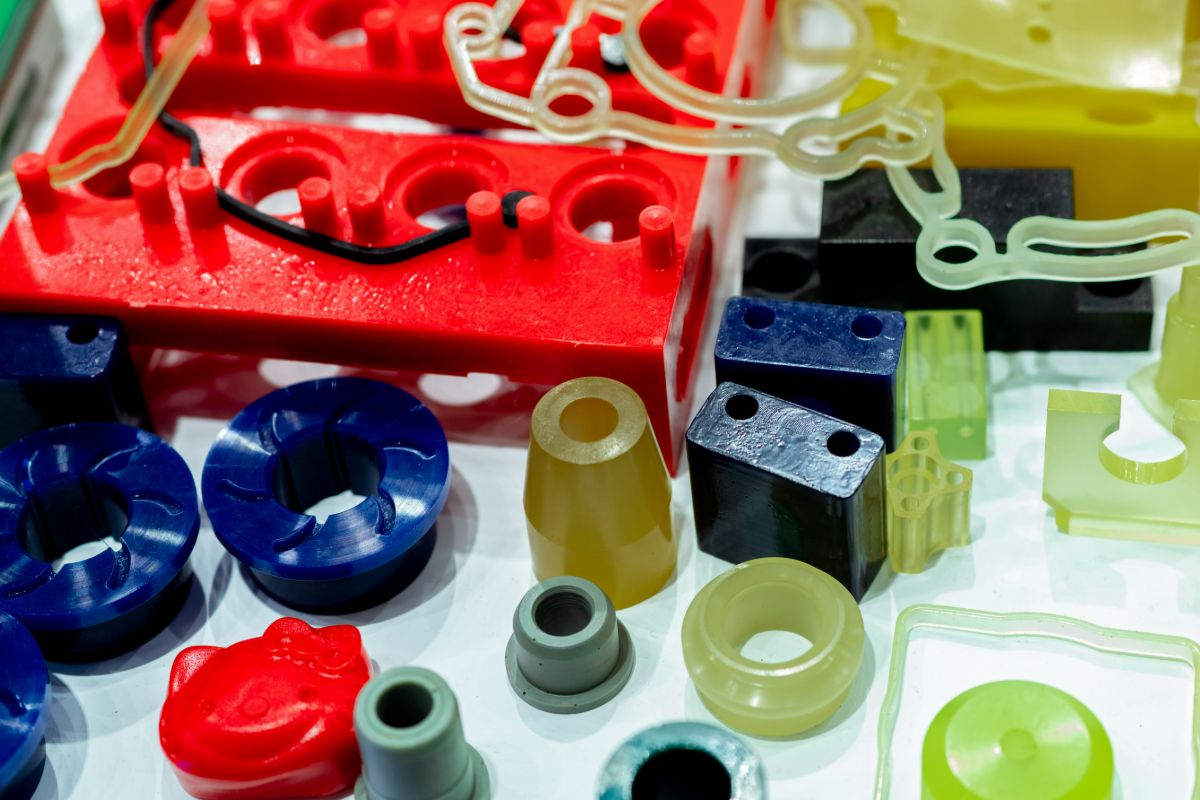As my loyal readers know, I love the intersection of technology and agriculture to solve the world’s most pressing problems. Today that breakthrough tackles plastic pollution while fostering a sustainable future. In a recent deal between Dow, Inc. and...

As my loyal readers know, I love the intersection of technology and agriculture to solve the world’s most pressing problems. Today that breakthrough tackles plastic pollution while fostering a sustainable future. In a recent deal between Dow, Inc. and New Energy Blue, corn residue has emerged as a transformative resource for renewable plastic production. This groundbreaking development not only addresses the global plastic crisis but also brings new opportunities for farmers.
A Pressing Problem
Plastic pollution is a major problem. Although most of us imagine that it has something to do with swapping plastic straws for paper straw, it’s something that goes much further. Plastic waste, especially single-use plastics, poses a significant threat to our environment, wildlife, and human health.
Plastics are highly durable and don’t easily decompose. When improperly disposed of, they accumulate in the environment, including oceans, rivers, and landfills. This persistent pollution has severe consequences for ecosystems, harming wildlife, marine life, and plants. Animals can ingest or become entangled in plastic waste, leading to injuries, suffocation, and even death. Plastic pollution disrupts ecosystems, damages habitats, and threatens biodiversity.
We also know that over time, larger plastic items break down into smaller pieces called microplastics, which are less than 5 millimeters in size. Microplastics are now prevalent in various ecosystems, including oceans, rivers, and even the air we breathe. These tiny particles can be ingested by aquatic organisms and can enter the food chain, potentially impacting human health. Scientists are just now discovering that these microplastics may also directly harm human health.
So what do we do about it?
Transforming Corn Residue into Renewable Plastic
Recognizing the need for sustainable alternatives, researchers and industry leaders have turned to farm waste as a potential alternative. In the case of New Energy Blue, corn residue has emerged as a key to renewable plastics. Corn stover, which comprises the plant’s stalk and leaves, are generally separated from the corn during harvest and left in the field. New Energy Blue wants to convert the stover from farm waste to a renewable solution.
The breakthrough lies in the process of converting corn residue into bioplastics, a sustainable alternative to conventional petroleum-based plastics. Researchers have developed innovative technologies to extract and refine the cellulose found in corn residue, which can then be used to create a range of biodegradable and compostable plastic products. Dow will support New Energy Freedom, a new Iowa facility that will process corn stover and produce commercial quantities of second-generation ethanol and clean lignin. Dow will use almost half of that ethanol for bio-based ethylene (think plastic) in its products.
Corn Residue: Two Birds, One Stone
The benefits for farmers and the environment are obvious. Corn residue, which is often left in the fields after harvest, can now become an additional revenue stream. Farmers can collaborate with renewable plastic manufacturers or participate in local bioplastics production, contributing to a circular economy that integrates agriculture and industry. This diversification of income sources supports rural economies and helps farmers maintain their livelihoods.
There are also significant environmental advantages brought by embracing renewable plastics. These bioplastics are biodegradable and compostable, reducing plastic waste accumulation and its associated harm to ecosystems. So instead of using a soggy paper straw, you can use a biodegradable corn straw. Anything we can do to reduce plastic pollution is a win for the environment and humans.
It’s also worth mentioning that the development of a renewable plastic industry based on corn residue holds the potential to invigorate local communities. The establishment of bioplastics manufacturing facilities can create job opportunities, stimulating economic growth in rural areas. While Dow’s deal will open a facility in Iowa, it’s conceivable that these facilities will eventually come to more states.
Conclusion
This is why I love these types of stories: the transformation of corn residue into renewable plastic is a shining example of how agriculture can lead the way in tackling plastic pollution. This development not only offers a solution to the plastic crisis but also brings economic benefits to farmers and rural communities. Agriculture is often a pivotal partner in creating a more sustainable future.

The post Corn Residue Creating Renewable Plastic appeared first on The Farmer's Daughter USA.














